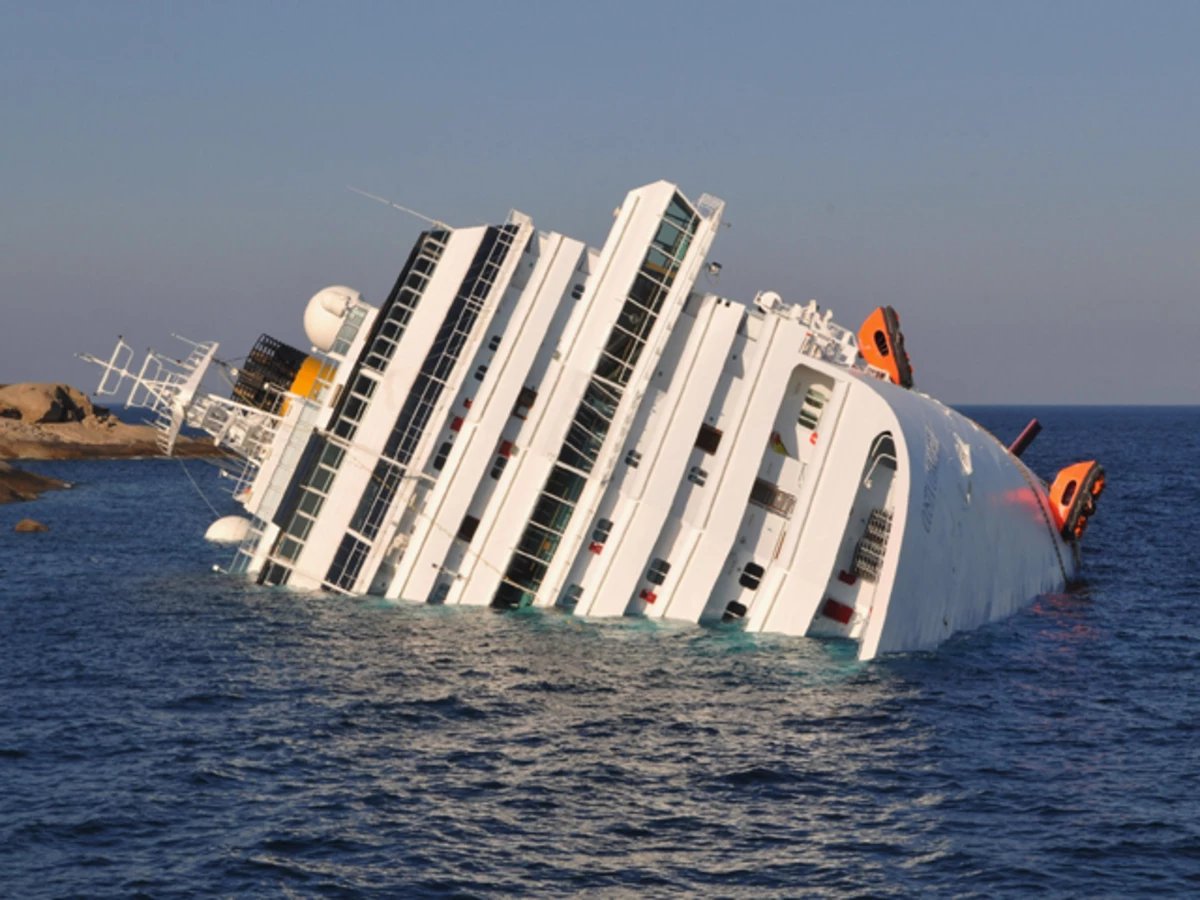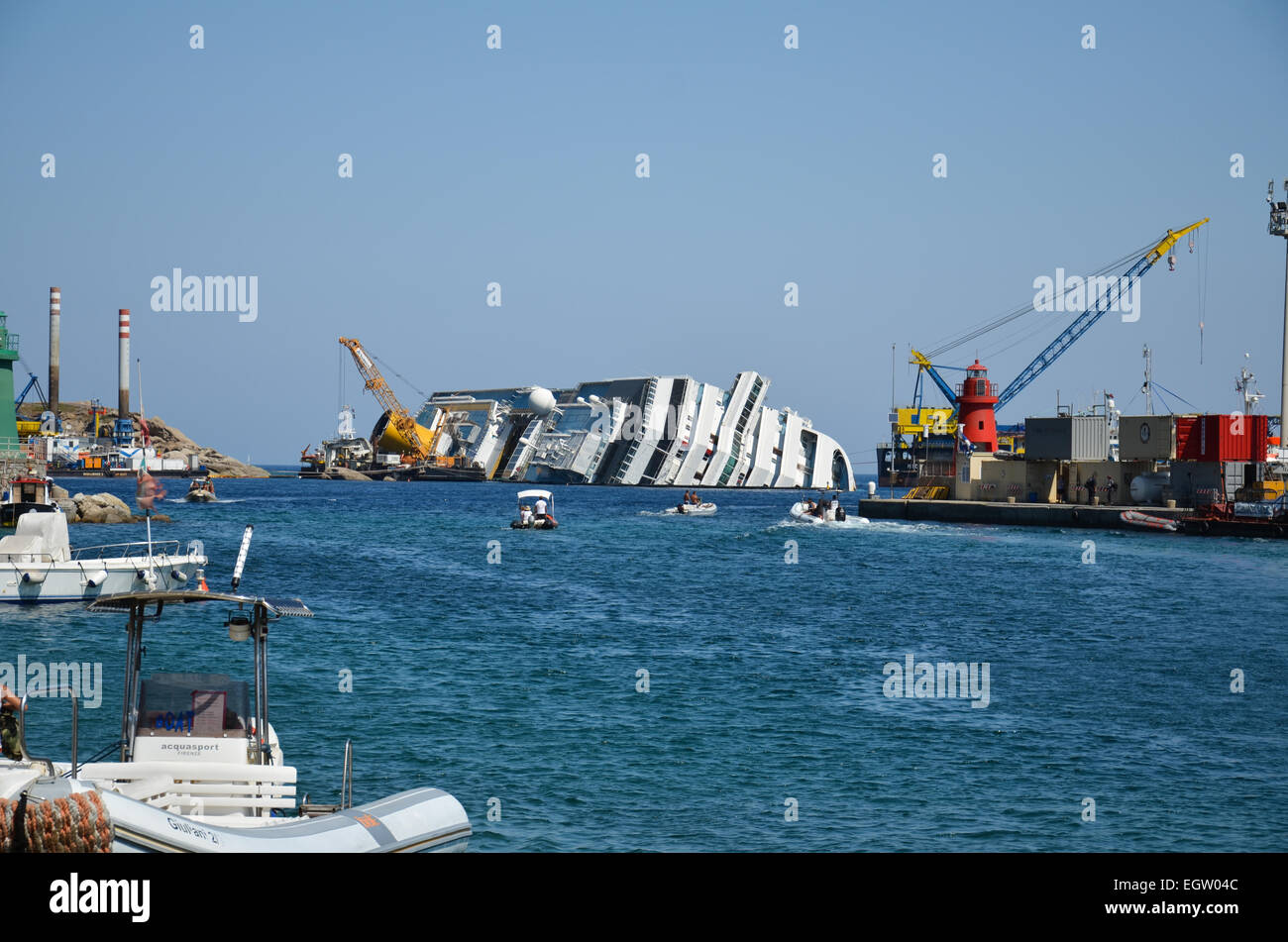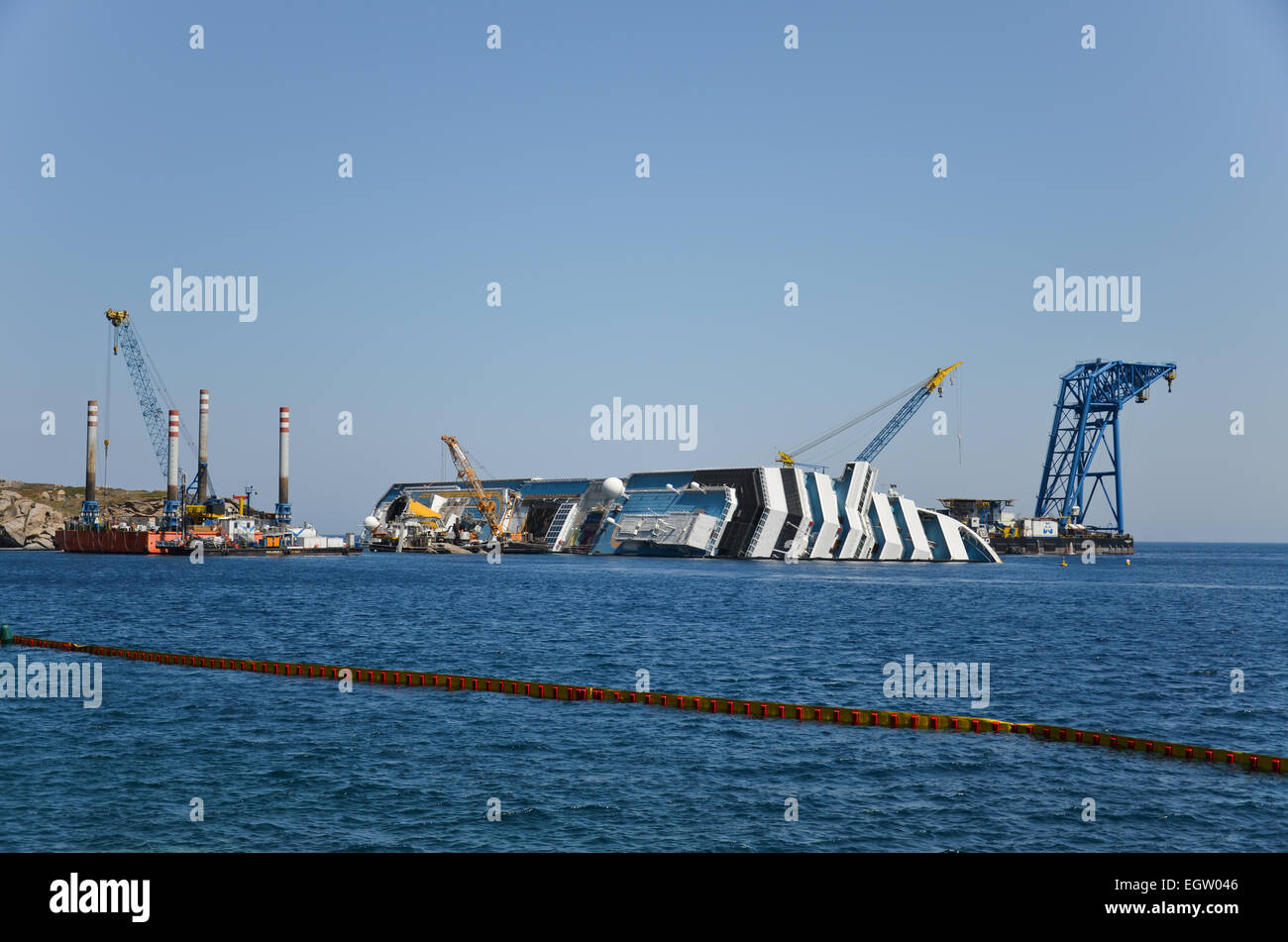Cruise Ship Sank Today: Unveiling The Shocking Incident And Its Impacts
The world was left in shock today as reports emerged of a devastating cruise ship sinking. This tragic event has sparked widespread concern and has once again highlighted the safety concerns surrounding maritime travel. As investigations begin, many are left wondering what led to this catastrophe and how it could have been avoided.
The sinking of a cruise ship is not just a maritime incident; it is a deeply personal tragedy for those involved, affecting families and communities worldwide. The event has brought maritime safety protocols to the forefront of public discussion, as questions arise about the preparedness and reliability of cruise companies.
In this article, we will delve into the details of the incident, explore its implications, and discuss the broader issues surrounding cruise ship safety. We aim to provide a comprehensive overview, supported by expert analysis and reliable sources, to help readers better understand this complex situation.
Read also:Jeremy Meeks And Chloe Green A Comprehensive Exploration Of Their Lives Careers And Impact
Table of Contents
- Incident Overview
- Causes of the Sinking
- Survivor Stories
- Safety Protocols on Cruise Ships
- A Historical Perspective of Cruise Ship Disasters
- Environmental Impact of the Sinking
- Economic Effects on the Cruise Industry
- Regulatory Responses and Future Measures
- Psychological Effects on Survivors
- Conclusion
Incident Overview
The cruise ship sank today off the coast of a major tourist destination, sending shockwaves through the global community. Initial reports suggest that the vessel, carrying hundreds of passengers and crew members, encountered severe weather conditions that overwhelmed its safety systems. Rescue operations are currently underway, with international support being mobilized to assist in the efforts.
Details of the Cruise Ship
The vessel in question, named Ocean Serenity, is one of the largest cruise ships in operation, known for its luxurious amenities and extensive itineraries. Launched just two years ago, the ship was praised for its state-of-the-art safety features, making the incident even more perplexing. As investigations progress, experts are examining whether these features were adequately tested and maintained.
Key details about the ship include:
- Length: 1,132 feet
- Tonnage: 130,000 tons
- Passenger Capacity: 3,500
- Crew Members: 1,200
Causes of the Sinking
While the exact cause of the sinking is still under investigation, preliminary reports point to a combination of factors, including extreme weather conditions, navigational errors, and potential mechanical failures. Experts from the maritime industry have emphasized the importance of understanding these factors to prevent similar incidents in the future.
Read also:Joelle Anoai The Rising Star In The Entertainment Industry
Extreme Weather Conditions
The region where the ship sank is known for its unpredictable weather patterns. A sudden storm, with winds exceeding 70 mph and waves reaching 30 feet, may have overwhelmed the ship's stability systems. Meteorologists are analyzing weather data to determine whether the storm was an anomaly or part of a larger climate trend.
Survivor Stories
Amidst the tragedy, stories of bravery and resilience have emerged from survivors. Many passengers recounted how crew members worked tirelessly to evacuate them safely, despite the chaos onboard. These accounts provide a glimpse into the human side of the disaster and highlight the importance of effective emergency response training.
Some key survivor testimonies include:
- A mother who saved her child by jumping into the water and swimming to safety.
- A crew member who stayed onboard to ensure all passengers were evacuated before abandoning ship.
- A group of friends who worked together to help others reach lifeboats.
Safety Protocols on Cruise Ships
The sinking of the cruise ship has raised questions about the effectiveness of current safety protocols. While cruise lines adhere to international maritime regulations, critics argue that these standards may not be sufficient for modern, larger vessels. Experts suggest that stricter guidelines and more frequent inspections could help mitigate risks.
Key Safety Measures
Cruise ships are equipped with numerous safety features, including:
- Lifeboats and life jackets for all passengers and crew.
- Advanced navigation systems to avoid hazardous weather conditions.
- Regular safety drills to prepare passengers and crew for emergencies.
A Historical Perspective of Cruise Ship Disasters
To better understand the significance of today's incident, it is essential to examine past cruise ship disasters. From the Titanic to more recent events, history has shown that maritime accidents can have devastating consequences. Learning from these incidents can help improve safety standards and prevent future tragedies.
Notable Cruise Ship Disasters
Some of the most notable cruise ship disasters include:
- The Titanic (1912): Considered one of the most infamous maritime disasters, resulting in over 1,500 deaths.
- Costa Concordia (2012): A grounding off the coast of Italy that claimed 32 lives.
- Estonia (1994): A ferry disaster in the Baltic Sea that caused 852 fatalities.
Environmental Impact of the Sinking
The sinking of the cruise ship has also raised concerns about its environmental impact. Large vessels carry significant amounts of fuel and other hazardous materials, which, if leaked, can cause long-lasting damage to marine ecosystems. Environmental organizations are closely monitoring the situation to assess the extent of the damage and implement cleanup efforts.
Steps to Mitigate Environmental Damage
Efforts to minimize the environmental impact include:
- Deploying oil booms to contain potential fuel spills.
- Conducting regular water quality tests to monitor pollution levels.
- Engaging local communities in cleanup initiatives.
Economic Effects on the Cruise Industry
The cruise ship sinking is expected to have significant economic repercussions for the industry. With millions of people relying on cruise tourism for employment, any negative perception of safety can lead to a decline in bookings. Companies are already taking steps to restore public confidence by enhancing safety measures and offering financial incentives to passengers.
Long-Term Economic Implications
Potential long-term effects include:
- A decrease in consumer demand for cruise vacations.
- Increased insurance premiums for cruise operators.
- Investment in new technologies to improve safety standards.
Regulatory Responses and Future Measures
In response to the incident, regulatory bodies are expected to tighten their oversight of the cruise industry. Proposals for new regulations include mandatory safety audits, stricter weather monitoring requirements, and enhanced crew training programs. These measures aim to ensure that such tragedies are minimized in the future.
Key Regulatory Initiatives
Some proposed regulatory changes include:
- Requiring all cruise ships to undergo annual safety inspections.
- Implementing real-time weather tracking systems on all vessels.
- Mandating additional emergency preparedness training for crew members.
Psychological Effects on Survivors
Survivors of the cruise ship sinking are likely to experience a range of psychological effects, including trauma, anxiety, and depression. Mental health professionals are urging those affected to seek support and counseling to help them cope with the aftermath of the disaster. Support networks are being established to provide resources and assistance to those in need.
Support Services for Survivors
Available support services include:
- Hotlines for crisis counseling and emotional support.
- Group therapy sessions for survivors and their families.
- Online resources for coping with trauma and stress.
Conclusion
The sinking of the cruise ship today serves as a stark reminder of the challenges and risks associated with maritime travel. While the immediate focus remains on rescue and recovery efforts, it is crucial to address the underlying issues that contributed to this tragedy. By learning from past incidents and implementing stricter safety measures, we can work towards a safer future for all maritime travelers.
We invite readers to share their thoughts and experiences in the comments section below. Additionally, please consider sharing this article with others who may find it informative. Together, we can promote awareness and advocate for improved safety standards in the cruise industry.


